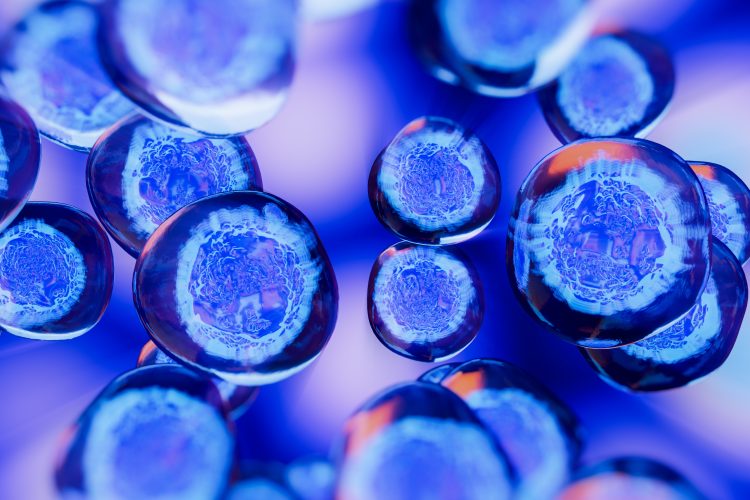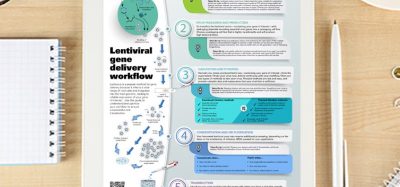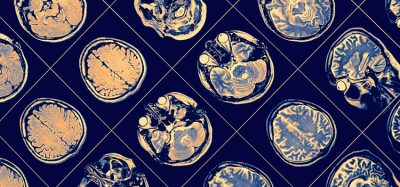The hidden risks of over-reliance on healthy donor material
Posted: 10 October 2024 | Priya Baraniak (OrganaBio) | No comments yet
Developing cell therapies solely with healthy donor material can jeopardise clinical outcomes, introducing risks ranging from faulty preclinical data to manufacturing failures. We spoke to Priya Baraniak, CBO at OrganaBio, who advocates for early integration of diseased donor material, improved biobanking infrastructure, and cross-industry collaboration to develop more effective, patient-relevant therapies.


What are the risks of over-reliance on healthy donor material in early-stage research, and how can decision-makers ensure a balanced integration of diseased material to avoid potential gaps when transitioning to clinical trials?
Developing cell therapies exclusively with healthy donor material introduces substantial risks that can hinder clinical translation and jeopardise the entire program. These risks stem from the fundamental biological differences between healthy and diseased cells, impacting various stages of development.
When it comes to collection of tissues and manufacturing, processes optimsed for healthy cells might prove ineffective or even damaging when applied to diseased cells. This can lead to low cell yields, poor product quality, and process variability. Diseased cells are likely to be more fragile or less abundant, making it difficult to obtain enough for therapy. Further, diseased cells often exhibit greater heterogeneity, leading to inconsistencies in manufacturing outcomes and difficulties in scaling up production. As such, manufacturing processes using diseased cells may fail to achieve the desired characteristics in the final cell product, such as viability, purity, or functionality.
In the context of preclinical research, using healthy cells to study disease-specific mechanisms, cell-cell interactions, and immune responses can result in faulty data, missed therapeutic targets, and unanticipated immune responses. Healthy cells may not accurately reflect the disease environment, leading to inaccurate predictions of therapeutic efficacy and safety. Critical disease-specific targets might be overlooked, hindering the development of truly effective therapies, and the interaction between donor cells and the recipient’s immune system, particularly in allogeneic therapies, may be misrepresented, leading to inadequate preparation for potential rejection or GvHD.
Subsequently, these preclinical shortcomings translate into significant clinical risks. Therapies that showed promise in healthy cell models may fail to achieve desired clinical outcomes in patients. Diseased cells can respond differently to treatment, leading to unforeseen adverse events, including severe toxicity and even death. Addressing unexpected manufacturing challenges, safety concerns, or efficacy issues in later stages can significantly delay clinical development and escalate costs.
In conclusion, over-reliance on healthy donor material in cell therapy development creates a precarious foundation for clinical translation. To mitigate these risks, it is crucial to incorporate diseased cells early in the research process, employ diverse disease models, and rigorously evaluate manufacturing processes using patient-relevant materials. This proactive approach will increase the likelihood of developing safe and effective cell therapies that truly benefit patients.
How can investment in biobanking infrastructure and cross-industry collaboration improve access to diseased donor material?
Enhanced biobanking infrastructure is crucial for advancing cell therapy development. This includes implementing standardised protocols for sample collection and processing, investing in advanced storage and retrieval systems to maintain sample quality, and expanding biobank capacity to store diverse diseased material. These improvements ensure high-quality, well-characterised samples are readily available to researchers, facilitating more relevant and translatable studies.
Furthermore, fostering cross-industry collaboration is essential. By promoting partnerships between biobanks, research institutions, regulators, and industry, we can create networks for information sharing, streamline access to diseased donor material, and facilitate joint research initiatives. Collaborative data sharing and analysis initiatives leverage the combined expertise of different stakeholders to generate valuable insights from the linked clinical and biospecimen data. Collaboration also promotes the development and adherence to ethical guidelines for the collection, storage, and use of diseased donor material, ensuring patient rights and data privacy are protected. This collaborative approach accelerates research, reduces costs, and enhances ethical standards in the use of diseased donor material, ultimately leading to the development of more effective and targeted cell therapies for patients.
Ultimately, these efforts would contribute to a more robust and accessible system for utilising diseased donor material in research, leading to better treatments and improved outcomes for patients with various diseases.
What role should leaders play in advocating for these changes to support the development of autologous cell and gene therapies (CGTs)?
Leaders across the stakeholder value chain play a crucial role in supporting the development of autologous and allogeneic cell therapies and ensuring access to clinically relevant materials. Industry leaders must champion ethical tissue collections, first and foremost, while investing in the collection and banking of relevant patient-derived materials. Industry leaders must also foster collaborations for data sharing to facilitate knowledge exchange and accelerate research. Legislators and regulators must allocate funding to biobanking infrastructure and other initiatives that increase access to patient-derived materials while developing clear, efficient, and ethical pathways for tissue procurement. Government agencies can also incentivise collaboration between academics, industry, and non-profit organisations to accelerate development and democratise access to these therapies. Finally, patient advocacy groups can educate patients about the importance of tissue donation and advocate for policies and processes to enable access to these materials for the development of next generation therapeutics.
How could regulatory reforms be shaped to better accommodate the unique challenges of using diseased donor material, particularly with respect to accelerating approvals without compromising patient safety or data integrity?
To accelerate the development of cell and gene therapies using diseased donor material, regulatory reforms should prioritise adaptive licensing pathways, flexible trial designs, and the use of predictive biomarkers. Smaller, more targeted clinical trials that focus on specific disease subtypes or patient populations, acknowledging the heterogeneity of diseases and the potential for personalised responses to CGTs, could accelerate clinical data generation, as could utilising real-world data collected from patients receiving the therapy to supplement traditional clinical trial data, particularly for rare diseases where large trials are challenging. This allows for faster patient access based on promising early data while maintaining safety through real-world evidence and targeted trials.
Furthermore, promoting harmonised international standards, enhanced data sharing, and transparent ethical guidelines will streamline the approval process and foster a collaborative environment. Developing clear ethical guidelines for the sourcing, handling, and use of diseased donor material, ensuring patient consent, data privacy, and equitable access to therapies is critical to long term success of the industry. By implementing these regulatory reforms, we can create a more agile and responsive framework that accelerates the development of CGTs using diseased donor material while upholding the highest standards of patient safety and data integrity. This will ultimately lead to faster access to life-changing therapies for patients with serious and life-threatening diseases.
Given the ethical considerations and scarcity of diseased donor material, what steps should be taken in terms of resource allocation and development planning to ensure that both healthy and diseased materials are effectively utilised throughout the R&D pipeline?
Effective utilisation of both healthy and diseased donor material in cell and gene therapy R&D requires careful planning and resource allocation. Diseased material should be incorporated early in development planning to guide research direction and avoid costly late-stage failures, but only where this is genuinely impactful. Manufacturing processes should initially be optimised using healthy cells, but then validated and refined with diseased material before clinical use. Diseased material should be prioritised for disease-specific investigations, target validation, and preclinical testing for safety and efficacy, while leveraging healthy cells for basic research and assay development. Healthy cells may also serve as a valuable control in experiments. Ethical sourcing practices should be implemented, as well as investing in biobanks, and exploring alternative models to maximise the use of scarce diseased material. Alternative models, such as organoids or induced pluripotent stem cells (iPSCs), could reduce reliance on primary diseased material.
Strategic development planning should include early integration of diseased material, adaptive trial designs, and collaborative data sharing to ensure efficient resource allocation and accelerate the development of safe and effective therapies. By implementing these strategies, we can ensure that both healthy and diseased materials are used judiciously and ethically throughout the R&D pipeline, maximising their value, and accelerating the development of safe and effective therapies.
About the author
Priya Baraniak, Chief Business Officer at OrganaBio


Related topics
Cell Therapy, Research & Development, Stem Cells
Related organisations
OrganaBio
Related people
Priya Baraniak (OrganaBio)








